9 Types Of Yarn: Yarn Types To Spin A Tale Of What You Love
Jump To:
Yarn is a versatile material that may be utilized in a variety of arts and crafts projects. Knitting and crocheting are two of the most popular uses for them. Yarn is a thread made up of a single fiber or a combination of fibers. These threads are used for different knitting patterns and weaving techniques as they have varied textures, which alter the appearance and feel of the yarn. Each yarn type is especially suitable for a particular project. To make your project a success, you should get an excellent understanding of the numerous types of yarn available today. Check out crocheting tips and tricks.
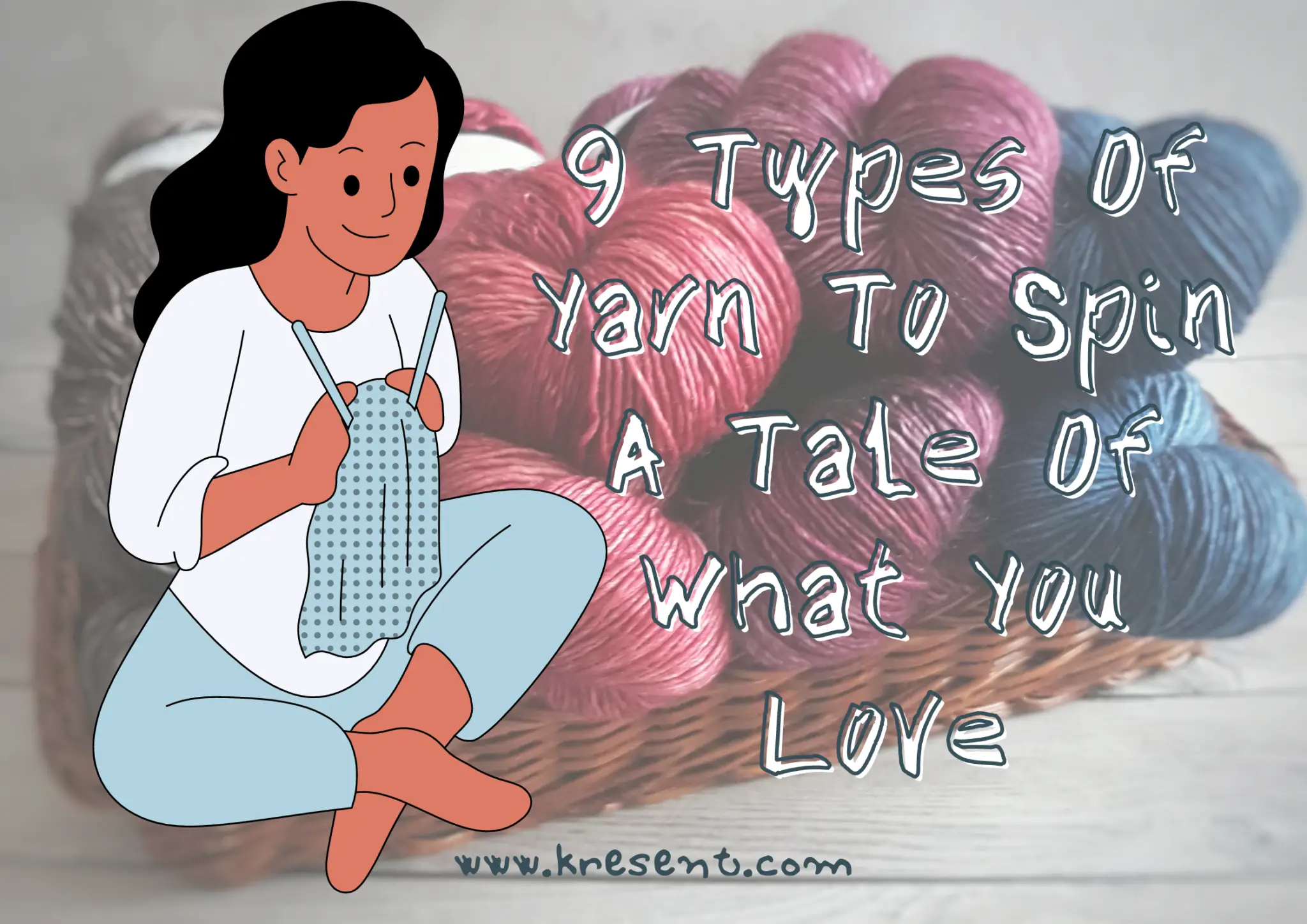
Yarn Weight Guide for Different Knitting Patterns | Types of Yarn Textures
As a beginner, it is extremely important for anyone to understand yarn weights. Well, it might sound very complex at the beginning, but we are here to guide you on how to pick the right size and weight of yarn for a perfect outcome. When we say weight, we actually mean the thickness of the thread. The weights are names with numbers from 0 to 7. These weight yarn categories are lace, super fine, fine, light, medium, bulky, super bulky, and jumbo.
Yarns made out of silk or other synthetic fibers are usually lighter than those of wool or cotton. Yarn weights can be determined by a simple technique,
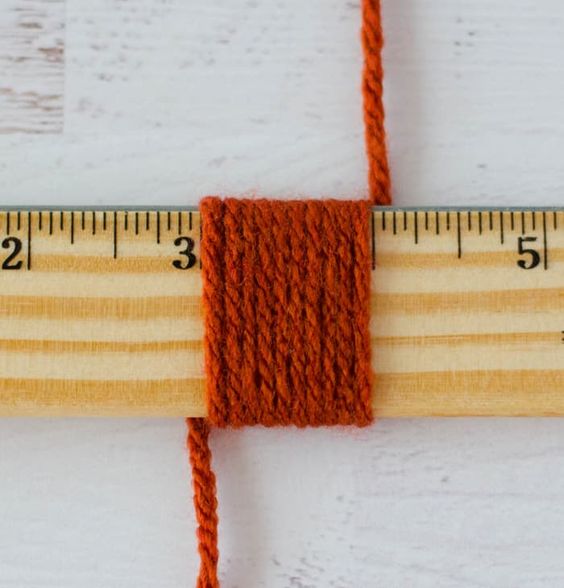
If the yarn wraps around the ruler 10 times in one inch, the yarn weight is 0. As the number suggests, the more coils that the yarn can take, the thinner the yarn is. Here is a cheat sheet to help you pick the right yarn weight.
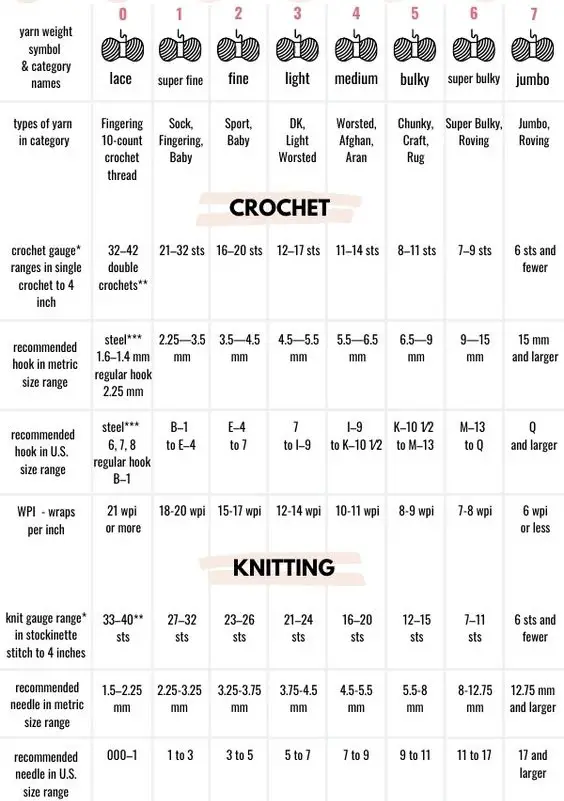
Knitting Yarn For Different Knitting Patterns | Types of Yarn for Knitting
Here’s the list of types of yarns for different knitting patterns.
1. Cotton Yarn
Cotton yarn is one of the most popular yarn types. It is reasonably priced. This cotton yarn is made from the fibers of the cotton plant. It thrives in the hottest of environments. Cotton yarn is lightweight, durable, and breathable. This yarn is ideal for summer garments, tea cozies, and kitchen towels.
This type is available in a range of yarn weights, from light to heavy. You can observe that your stitches are not uniform. You’ll be able to discover any stitching faults as well. Cotton can absorb more than 27 times its own weight in water.
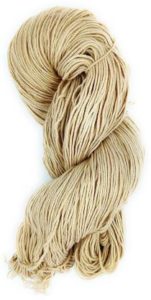
2. Wool Yarn Type
Wool yarn is one of the most popular types of yarn for knitters. It has a lot of good qualities. In chilly weather, it helps to keep you warm. It’s long-lasting and water-resistant. There are a few types of wool that aid in keeping you cool when the weather warms up. Wool is a breathable material that draws moisture away from your body. Manufacturers may blend wool with other fibers to make it more durable.
The wool can even be found in baseballs, which may come as a surprise to some. Wool is simple to work with and reasonably inexpensive. Sweaters, scarves, caps, gloves, and socks are all made from wool yarn.
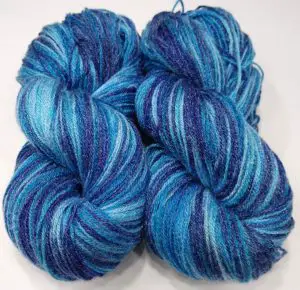
Animal fleece, usually that of sheep, is used to create pure and virgin wool. One cannot make virgin wool from repurposed wool. It’s a creamy white that may be dyed almost any hue. We derive Shetland wool from sheep endemic to Scotland’s Shetland Islands. Icelandic wool produces a delicate yet rough yarn. The outer layers of washable wool have been chemically or electronically processed to remove them. These are the layers with the most fuzziness. It keeps its shape after using the blocking technique.
Wool has some drawbacks, such as the fact that it can be extremely itchy and unpleasant. Wool might cause allergic reactions in certain people, therefore they should avoid wearing wool products. After a period of wear, woolen garments may pill. One must handwash it in tepid water for optimal results and longevity of the product.
3. Acrylic Yarn
Yarn manufacturers create acrylic yarn from man-made synthetic fiber. It’s less expensive than a lot of natural fibers. This type of yarn can be easily worked with and maintains its color well. It’s an excellent choice for novice knitters. We use the worsted weight yarn in many of the acrylic yarn alternatives. Moths, sunshine, and chemicals will not harm this yarn. Scarves are a brilliant use for this yarn.
Acrylic yarns are a replica of natural cotton and wool yarns. It is manufactured to mimic its natural fiber cousins, such as wool or cotton, at a lower cost and higher quantity. Acrylic fibers are manufactured from petroleum products by melting and extruding the materials into long, thin fibers.
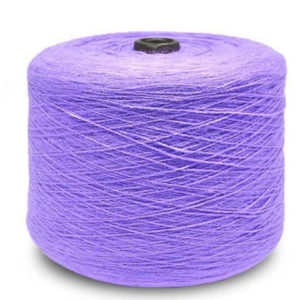
5. Bamboo Yarn
Clothing manufacturers make bamboo yarn from bamboo grass, distilled to produce cellulose. They then spun it into bamboo yarn. It’s a natural yarn made without the use of animals. It’s also good for the environment. Bamboo yarn is a relatively new addition to the knitting industry. It has swiftly gained popularity. It’s comfortable to wear and lasts a long time. Bamboo yarn is excellent for clothing with a drape. This yarn is breathable and keeps you cool.
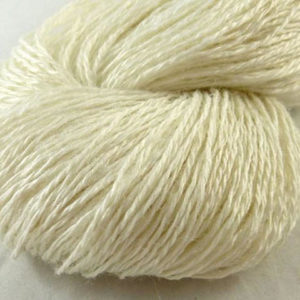
6. Hemp Yarn
Hemp yarn is a natural fabric created from the fibers of the stalk of the Cannabis sativa plant. This yarn is extremely durable which has helped in the production of textiles for many years. Hemp is being used in crafts since the 1960s, although it is a relatively new addition to the knitting industry. This fiber was once only used for macrame, but it is now utilized for a variety of other crafts. Hemp is environmentally friendly. It is gentle on the skin. Socks, sweaters, and coats will all benefit from it.
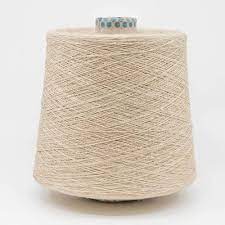
Silk Yarn Types
Silk is a natural protein-based fiber woven into textiles in some forms. The protein fiber is formed of fibroin, which is produced by cocoon-forming insect larvae. This yarn is easy to work with, yet it can be slick. Before attempting to knit with this yarn, it really is a sensible idea to have some knitting experience.
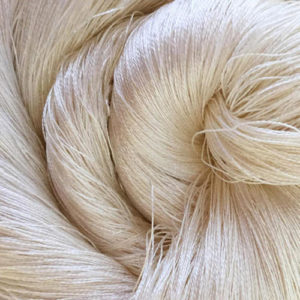
Silk yarn is one of the most luxurious fibers available. It’s tough, gleaming, and feels amazing against your skin. It is one of the most resilient natural fibers. Silk blends including cashmere, silk, and merino wool are available. Also, it is a cool material that is best used for summer applications. It must be dry cleaned and gently hand washed. This yarn comes in two varieties:
7. Reeled Silk Yarn
This is a filament yarn. The producers of this type generate it by reeling the fiber from the cocoons off in continuous threads during processing. The silk thread is so intriguing that it is scarcely visible to the naked eye. Manufacturers spin together many of the filaments to create different weights of silk yarn.
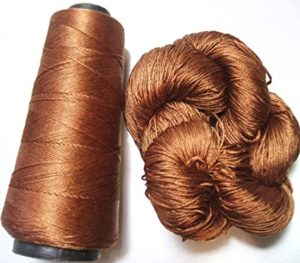
8. Spun Silk Yarn
This is a yarn made after spinning. Short shiny strands of silk are pulled from shattered or damaged cocoons during the processing to make this silk. To make this spun silk yarn, thin threads are twisted and set properly.
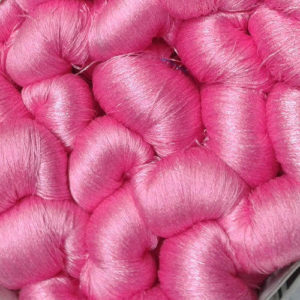
Weaving Yarns
This category of types of yarn will help you pick the best one for various weaving projects.
9. Nylon Yarn
Nylon is a synthetic material that was developed as a substitute for silk. It’s similar to rayon in that it’s lustrous, silky, easy to care for, and cool to the touch. Nylon is a tough material that can withstand a lot of abuse. It is simple to maintain because it is easily washable in a washing machine. These fibers are strong and stretchy. They are abrasion-resistant and are available in different colors.
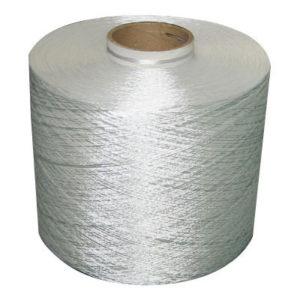
10. Rayon Yarn Type
Rayon is one of the earliest man-made fibers, although it has qualities that are like those of natural fibers. It’s silky smooth, gleaming, and dripping with color. This material is both cool and soft. It wicks heat away from your body, making it ideal for the hottest months of the year. It isn’t very good at retaining heat and isn’t particularly elastic, and it doesn’t age well. The term “novelty yarn” refers to a variety of rayon yarns. Rayon yarn is hand washable most of the time, but it is essential to read the yarn’s instructions to be sure.
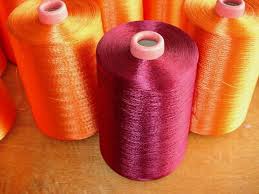
11. Polyester Yarn
They usually make polyester yarn up of several distinct strands. Wool, cotton, and sometimes another fiber for instance. In a lot of exotic and thick yarns, polyester is used. In a polyester blend, the yarn becomes more durable. It improves the structural integrity of the final product.
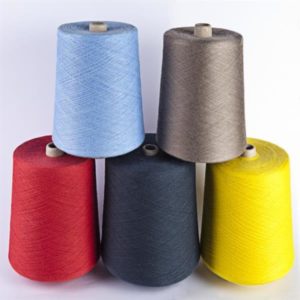
They sometimes include natural fibers in polyester blends, but not very often. Polyester yarn wicks sweat away from the body and are breathable. It’s appropriate for every season or climate. Because it is easily washable in a washing machine, it is simple to manage and easy to clean. It is unnecessary to wash it by hand.
Get your favorite yarn and spin it to win the heart of your loved ones!
What is a 4 ply yarn?
About 4-ply yarn 4 ply yarn – also called 4-ply wool – is extremely strong, made from four strands of pre-spun wool that have been combined, and pulled together to create a single yarn.
What is yarn types in textile?
Types of Yarn:
- Ring Spun Yarn: These are produced on the ring and traveler system from a wide variety of fiber types.
- Rotor spun Yarn: These yarns consist of fibers bound together by a twist.
- Flat continuous filament yarn
- Textured continuous filament yarn
- Twist less yarn
- Core yarn
- Self twist yarn
- Friction spun yarn
What are the different types of novelty yarn?
Novelty yarns are classified according to the single or ply structure: Single yarns are Tweed and Slub Yarns. Ply Yarns are Ratine, Spiral, Knot, Snarl, and Boucle. Apart from these, there are many other novelty yarns like Chenille, Flake, and metallic and textured yarns.
What is the softest yarn?
Cashmere: The softest and fluffiest yarn of them all, but is also rather expensive and not that strong.
Which yarn is best for beginners?
For beginners, it’s recommended to use a medium worsted weight yarn. Light colors tend to be better because it’s easier to see where you’ve stitched. Wool tends to be easier for beginners as well because it’s super stretchy and smooth.
What is the most luxurious yarn?
Unchanged: Vicuña At USD 300 for 1 oz of lace weight, Vicuña is the most expensive yarn in the world. Vicuñas are camelids, and the wild ancestors of alpacas. A kilo of unprocessed fiber fetches prices of up to 500 USD! At elevations between 12,000-18,000 feet, these animals live in herds in the Andes Mountains in Peru.
Which yarn is not itchy?
Unlike other wools and synthetic materials, merino wool doesn’t itch at all – it is the softest of all wool.
What yarn is good for blankets?
The best yarn for blankets will be one that meets all of your needs and is within your budget. For example, if you are looking for yarns that are easy to wash, then it might be best to choose a yarn with acrylic fiber content or an easy care fiber such as wool, cotton, linen, silk, or blends such as a cotton-wool blend.
How do I choose yarn for my project?
The weight of the yarn you choose must suit your particular project. If you’re making a light shawl, you won’t need heavy, chunky yarn. Conversely, if you’re knitting a winter blanket, you want to avoid using a thin, lacey yarn for that assembly. The thickness of your yarn will affect how the finished product looks.
